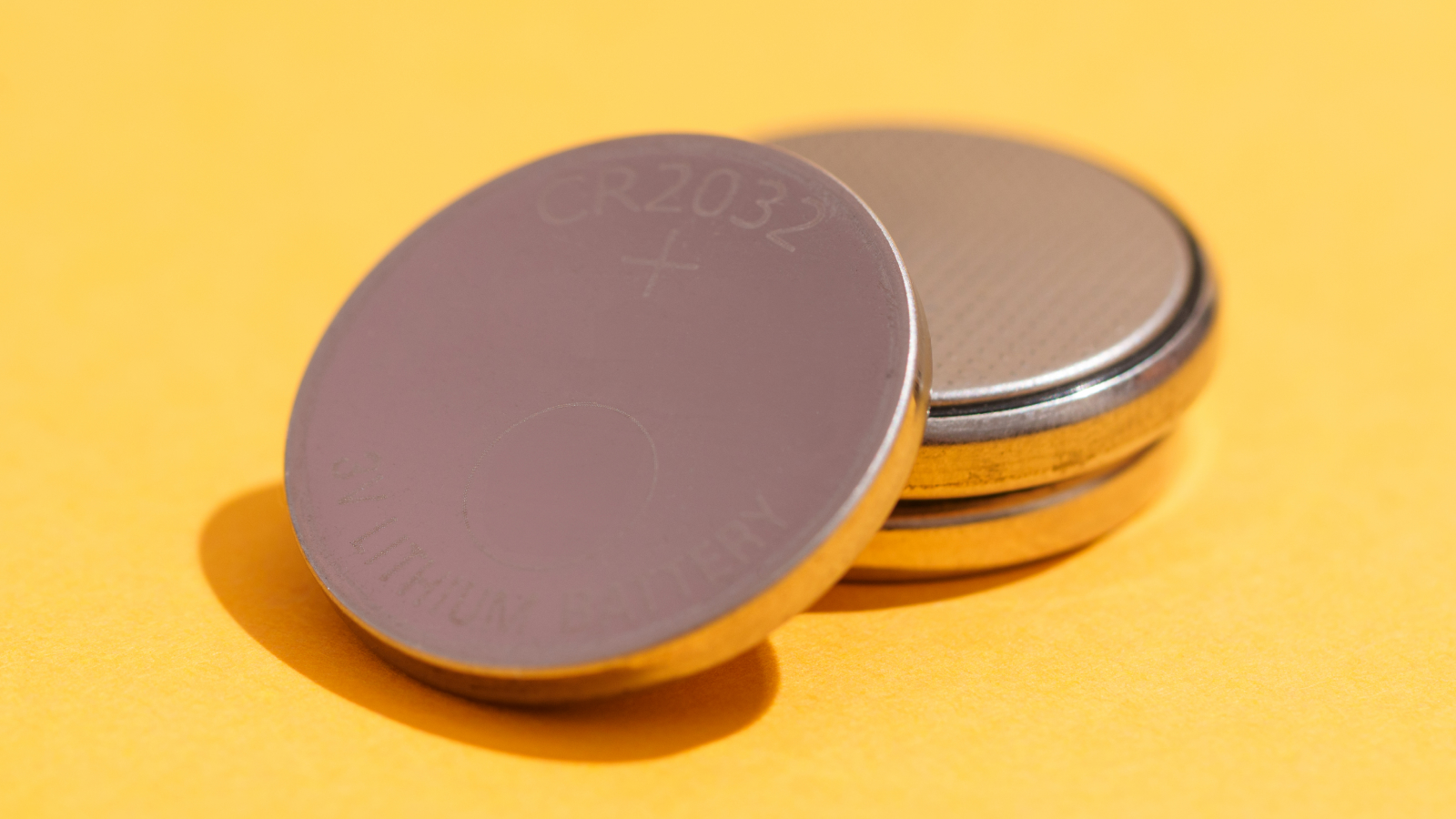IJMS, Vol. 25, Pages 1827: A Comparative Biochemical and Pathological Evaluation of Brain Samples from Knock-In Murine Models of Gaucher Disease
International Journal of Molecular Sciences doi: 10.3390/ijms25031827
Authors: Makaila L. Furderer Bahafta Berhe Tiffany C. Chen Stephen Wincovitch Xuntian Jiang Nahid Tayebi Ellen Sidransky Tae-Un Han
Gaucher disease (GD) is a lysosomal storage disorder stemming from biallelic mutations in GBA1, characterized by glucocerebrosidase dysfunction and glucocerebroside and glucosylsphingosine accumulation. Since phenotypes of murine models of GD often differ from those in patients, the careful characterization of Gba1 mutant mice is necessary to establish their ability to model GD. We performed side-by-side comparative biochemical and pathologic analyses of four murine Gba1 models with genotypes L444P/L444P (p.L483P/p.L483P), L444P/null, D409H/D409H (p.D448H/p.D448H) and D409H/null, along with matched wildtype mice, all with the same genetic background and cage conditions. All mutant mice exhibited significantly lower glucocerebrosidase activity (p < 0.0001) and higher glucosylsphingosine levels than wildtype, with the lowest glucocerebrosidase and the highest glucosylsphingosine levels in mice carrying a null allele. Although glucocerebrosidase activity in L444P and D409H mice was similar, D409H mice showed more lipid accumulation. No Gaucher or storage-like cells were detected in any of the Gba1 mutant mice. Quantification of neuroinflammation, dopaminergic neuronal loss, alpha-synuclein levels and motor behavior revealed no significant findings, even in aged animals. Thus, while the models may have utility for testing the effect of different therapies on enzymatic activity, they did not recapitulate the pathological phenotype of patients with GD, and better models are needed.

 3 months ago
18
3 months ago
18


